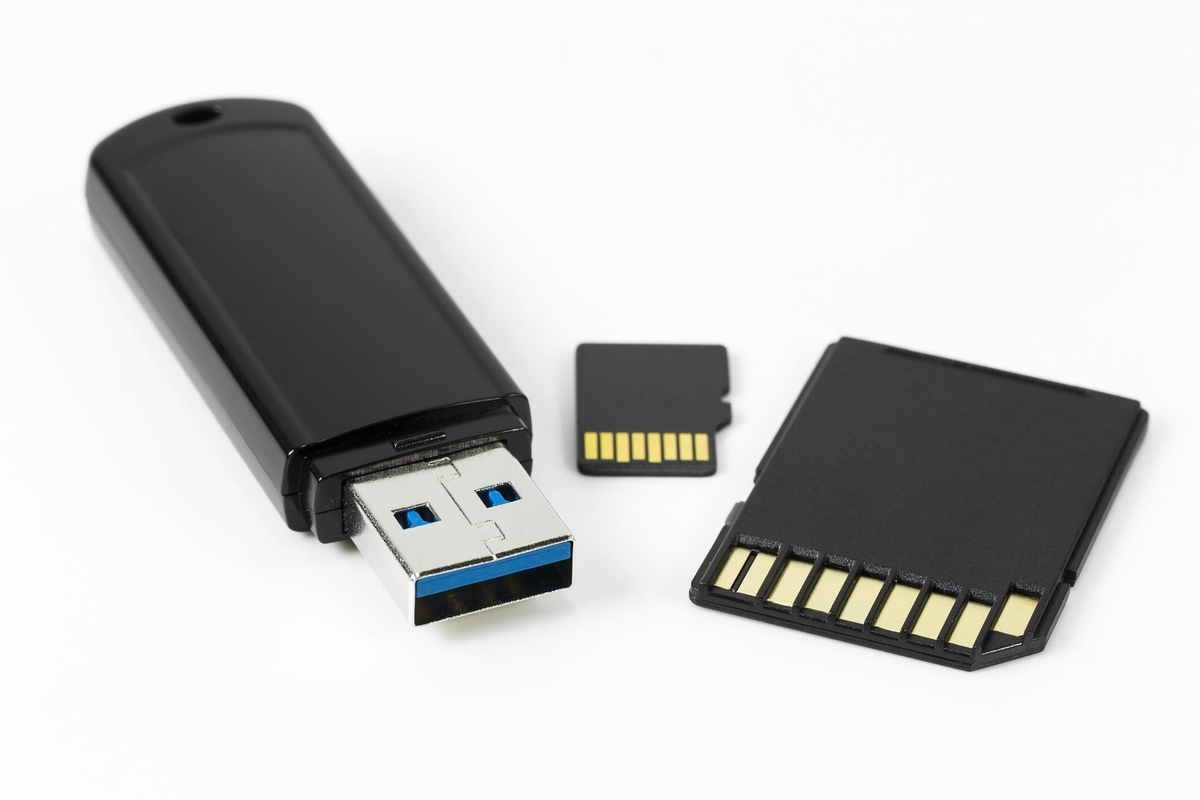Flash memory is a type of non-volatile electronic memory used for data storage. It can be used in a wide variety of computing devices such as digital cameras, flash drives, memory cards, and USB sticks.
Flash memory is not the same as RAM (random access memory). RAM is volatile, meaning that when the power is turned off, the data on the RAM will be lost. Flash memory, on the other hand, retains its data even after the power is turned off.
Flash memory comes in a variety of forms, such as NOR and NAND flash. NOR flash is used primarily for data storage applications, while NAND flash is mostly used for consumer electronics such as digital cameras, media players, and USB sticks.
An example of an application that uses flash memory is a solid-state drive (SSD). An SSD is installed directly onto a computer’s motherboard and can store data more quickly than a traditional hard drive.
Flash memory is also used in embedded devices such as printers, cell phones, and tablets which can’t afford to lose data when switched off.
Flash memory has become more widely used in recent years due to its cost-effectiveness, small size, and low power consumption. It is also more reliable and durable than traditional hard drives, as it does not have any moving parts.
Overall, flash memory has become an important part of modern computing, providing high-speed storage solutions for devices with limited memory and power.





